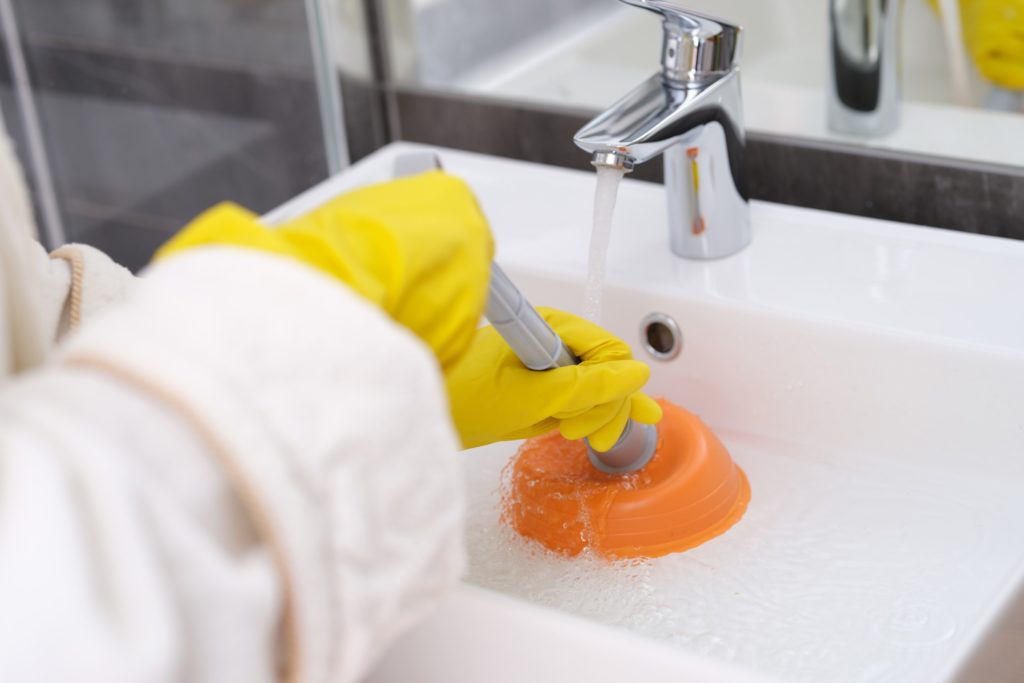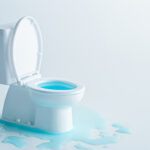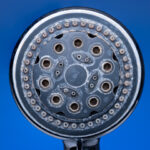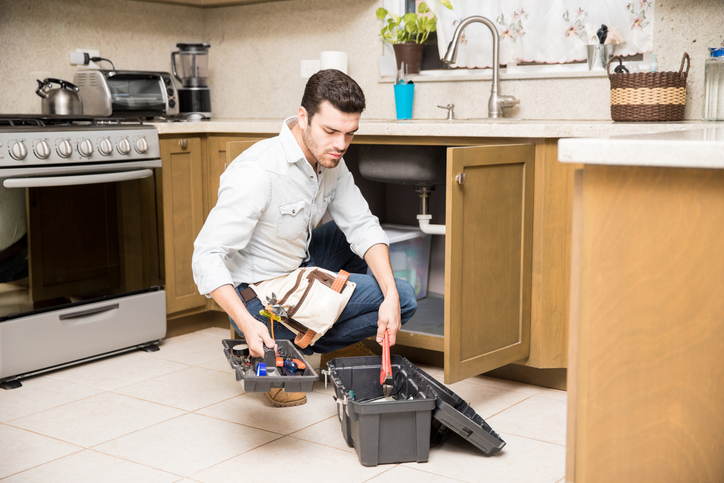If you had to name the most annoying household problems, we bet dealing with a clogged toilet or drain would rank way up there. It’s one of those things that, even with the utmost of care, every homeowner is bound to experience every so often.
Luckily, many clogs can be cleared easily assuming you have the right tools at your disposal – mainly, a plunger. But not all plungers are created equal. Read on to learn more.

Plungers 101
Simply put, a plunger consists of a rubber suction cup attached to a plastic or wood stick. Affordable and easy to use, plungers clear clogs in pipes and drains by forcing air into the drain. When pressed down upon, the pressure increases, thus pushing the clog through the drain. When pulled back up, the rubber cup creates a vacuum forcing everything up and out.
Types of Plungers
There are three common types of plungers, each with its benefits and drawbacks.
- The sink plunger is what most people picture when hearing the word “plunger.” It has a rubber cup at the end of a handle. A sink plunger works best on flat surfaces like sinks or bathtub drains where the cup can form a tight seal around the drain.
- Toilet plungers also have cups at the end of the handle, but inside the cup is a soft rubber flap that folds outward. The rubber flap is necessary to create the suction needed in a curved toilet drain.
- An accordion plunger is less common than sink and toilet plungers. It too is used mostly to unclog toilets and has a small cup at the end of its hard plastic, accordion-style base. Many find it difficult to form a good seal with accordion style plungers.
How to Use a Plunger Properly
While it’s not rocket science, knowing how to use a plunger can mean the difference between clearing a clog in a jiffy or needing to call in for reinforcements.
- Place the plunger over the drain opening, making sure the drain is fully covered.
- Run enough water into the sink to cover the cap of the plunger.
- Thrust the plunger up and down in a smooth motion, making sure to maintain a good seal between the cup and the sink’s surface.
- Once the clog starts loosening, you’ll notice the handle is easier to pump. Pull the plunger away after about 6 to 8 pumps. If the clog drains away, you’ve succeeded. If not, repeat the process once or twice more.
- Once a clog is dislodged, flush the drain with hot water to remove lingering debris.
- If the clog won’t budge, try an enzymatic drain cleaner or call a licensed plumber to get things moving again.
Speaking of licensed plumber, we’re Norhio Plumbing, at your service. The thing is, we have much more than plungers at our ready disposal to break up drain clogs, large and small. So, the next time that DIY efforts don’t work, our efforts will. We guarantee it.









Leave a Reply